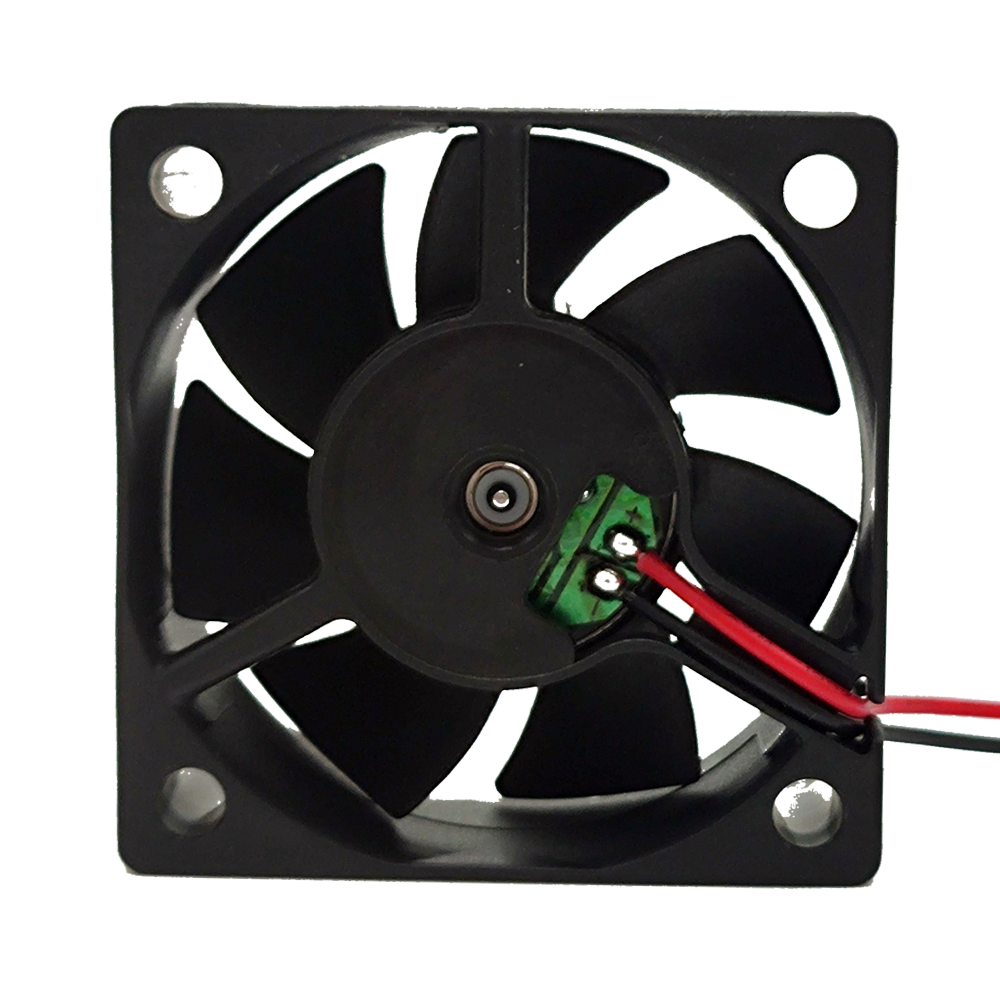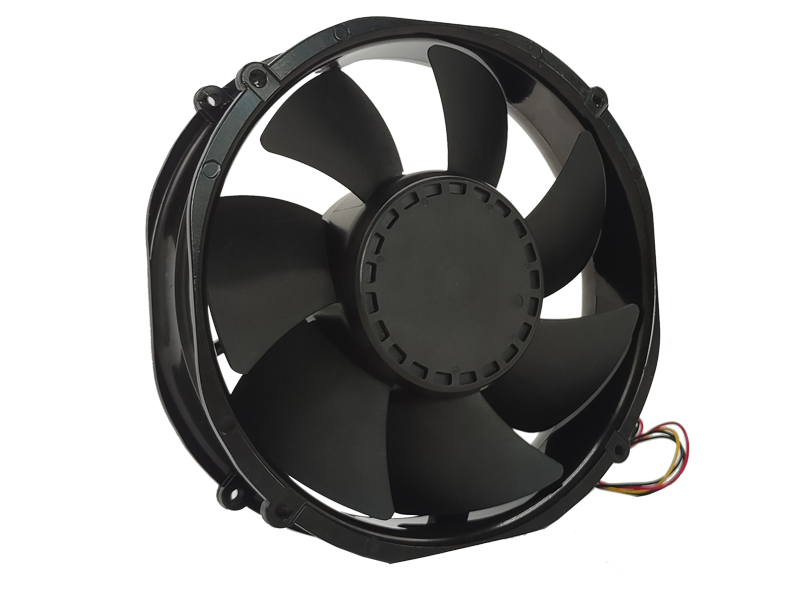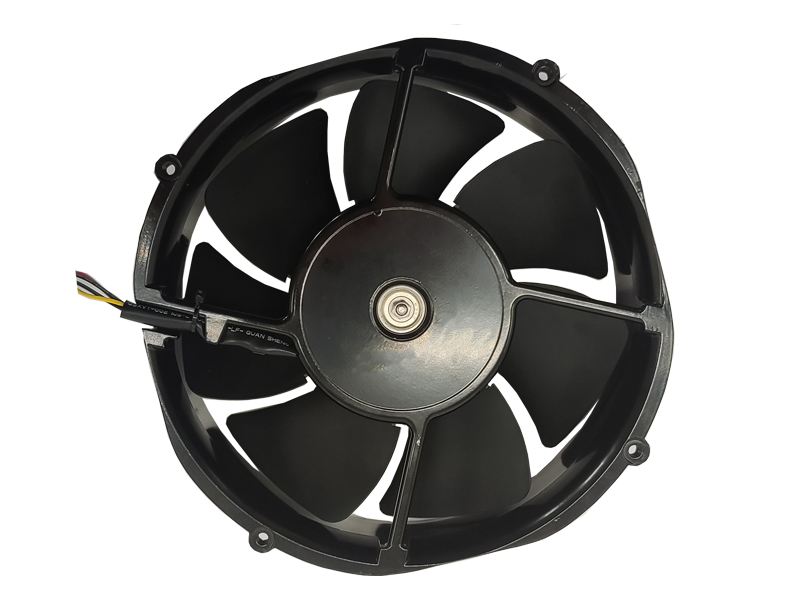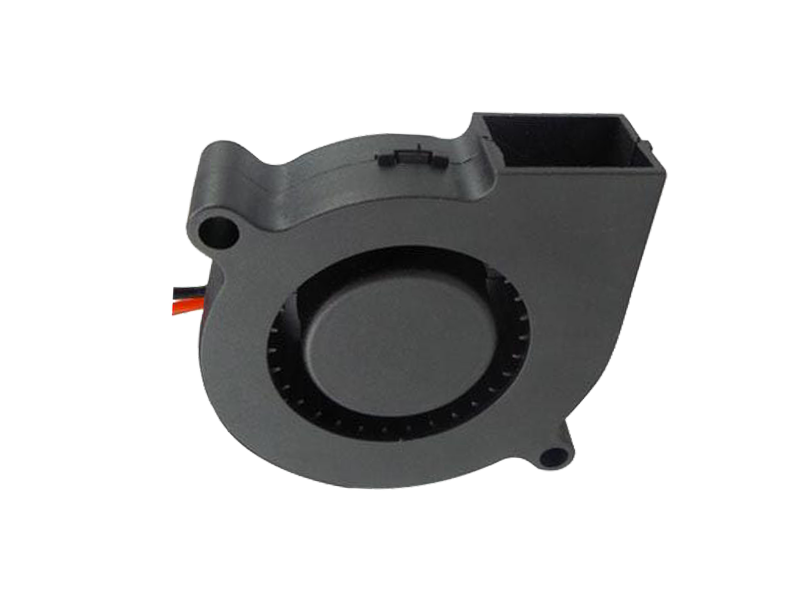Industrial fans are integral to numerous industries, ensuring efficient airflow and ventilation in vast spaces. As demands for energy efficiency and advanced technologies rise, the industrial fan market is evolving rapidly. This article delves into the efficiency of industrial fans, the innovations driving the market, and future trends that will shape their development.
The Importance of Efficiency in Industrial Fans
1. Energy Consumption
Industrial fans often operate continuously in demanding environments, which makes energy efficiency a crucial consideration. The operational costs associated with powering these fans can be significant, thus impacting the overall budget of a facility. Manufacturers are increasingly focusing on developing fans that maximize airflow while minimizing energy usage.
2. Performance Metrics
Efficiency can be assessed through various performance metrics, including:
Airflow Efficiency (CFM/Watt): This metric measures how effectively a fan moves air in relation to its energy consumption. Higher CFM/Watt ratios indicate better efficiency.
Static Pressure Performance: Understanding how a fan performs under varying static pressures helps in selecting the right fan for specific applications, ensuring optimal airflow without unnecessary energy expenditure.
3. Compliance with Regulations
With a global shift toward sustainability, industrial fans must comply with energy efficiency regulations. Many regions have established standards that dictate the minimum efficiency requirements for fans, pushing manufacturers to innovate and produce compliant products.
Innovations in Industrial Fan Technology

1. Advanced Motor Technologies
The shift from traditional motors to high-efficiency motors has been a game-changer for industrial fans. These motors consume less power while providing the same or enhanced performance. Some advancements include:
Permanent Magnet Motors: These motors offer higher efficiency and better performance compared to standard induction motors. They require less energy to operate, which translates to cost savings.
EC (Electronically Commutated) Motors: EC motors combine the best features of AC and DC motors, providing high efficiency and controllability. They are particularly advantageous in variable speed applications, offering significant energy savings.
2. Improved Blade Design
Fan blade design has undergone significant innovation, focusing on aerodynamic efficiency. Modern fan blades are designed using computational fluid dynamics (CFD) simulations to optimize their shape and angle. Key developments include:
Variable Pitch Blades: These blades can adjust their angle during operation, optimizing airflow and efficiency based on real-time needs.
Noise-Reducing Designs: Innovations in blade shapes reduce turbulence, leading to quieter operation without compromising airflow efficiency.
3. Smart Fan Systems
The integration of smart technology into industrial fans is revolutionizing their operation. Smart fan systems can automatically adjust their speed based on environmental conditions, leading to substantial energy savings. Key features include:
Remote Monitoring and Control: Fans can be monitored and controlled via smartphone apps or centralized building management systems, allowing for real-time adjustments.
Predictive Maintenance: Sensors in smart fans can detect wear and tear, alerting maintenance teams before a failure occurs, thus reducing downtime and repair costs.
Future Trends in the Industrial Fan Market
1. Sustainability and Green Technologies
As industries increasingly adopt sustainable practices, the demand for eco-friendly industrial fans will rise. This trend includes:
Recyclable Materials: Manufacturers will prioritize using materials that are recyclable and have a lower environmental impact during production.
Energy Harvesting Technologies: Future fans may incorporate technologies that harvest energy from their environment, further enhancing sustainability.
2. Increased Customization
Customization will become a significant trend in the industrial fan market. Businesses will seek fans tailored to their specific operational needs, whether it’s airflow requirements, noise levels, or energy efficiency. Manufacturers will likely respond by offering more configurable options and modular designs.
3. Expansion into New Markets
Emerging markets, particularly in Asia and Africa, present significant growth opportunities for industrial fans. As these regions industrialize, the demand for efficient ventilation and cooling systems will increase. Manufacturers may focus on adapting their products to meet the unique challenges and requirements of these new markets.
Conclusion
Industrial fans are essential components in various industries, contributing to efficient ventilation and cooling. As energy efficiency becomes a priority, manufacturers are innovating to meet the demands of modern industrial operations. The integration of advanced technologies and a focus on sustainability will shape the future of the industrial fan market, driving performance and efficiency while addressing environmental concerns.
Recommended Products

The main purpose:Car charging station

The main purpose:Car charging station

The main purpose:Electronic refrigerators, water dispensers, direct drinking machines, inverter power supplies
Address:No. 4137, Longgang Avenue (Henggang Section), Henggang Community, Henggang Street, Longgang District, Shenzhen
hotline:13530005572(Chen)15112579390(Li)


Welcome all friends to come for consultation and negotiation.
Copyright 2024 @ Shenzhen Youneng Xinyuan Electronics Co., Ltd.,(industrial fans,industrial blowers,axial fans,cooling fans manufacturer,centrifugal fans,ac cooling fans,dc cooling fans)